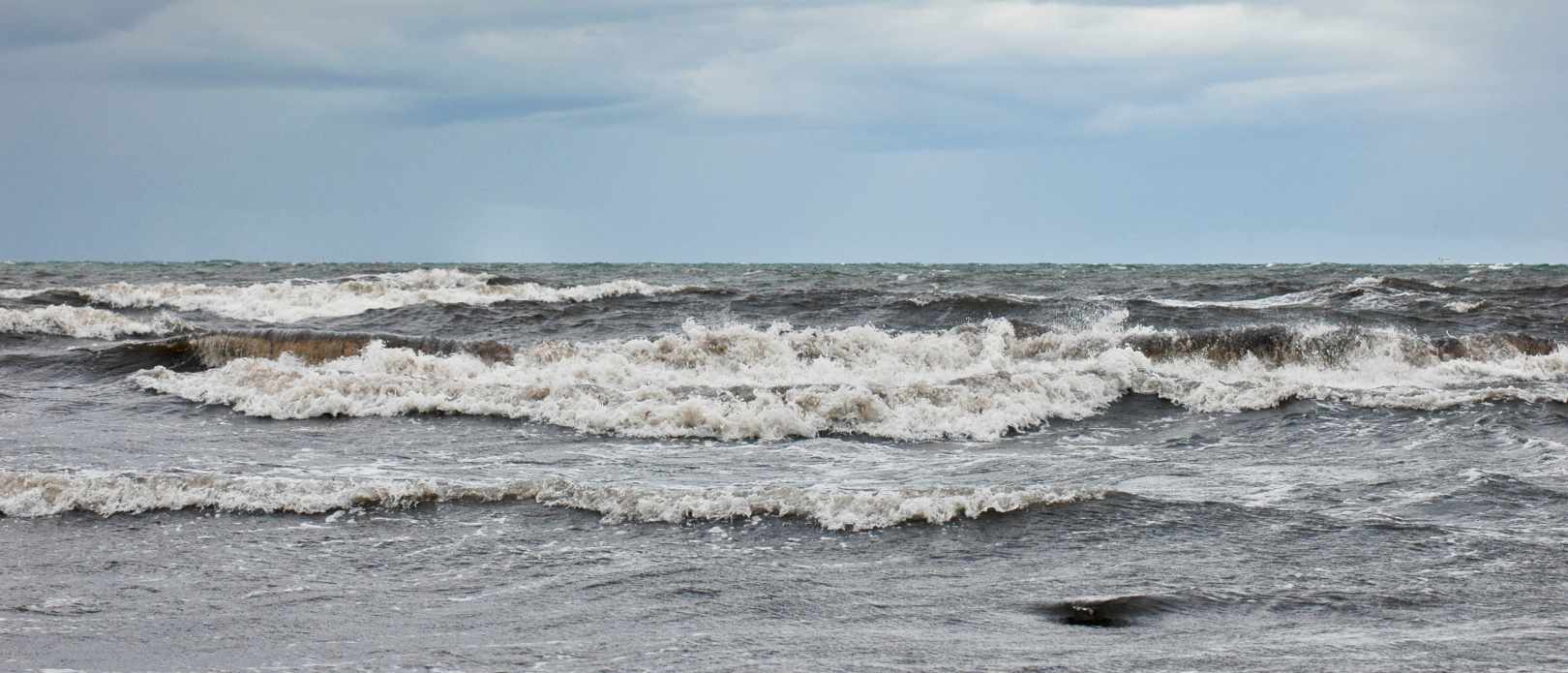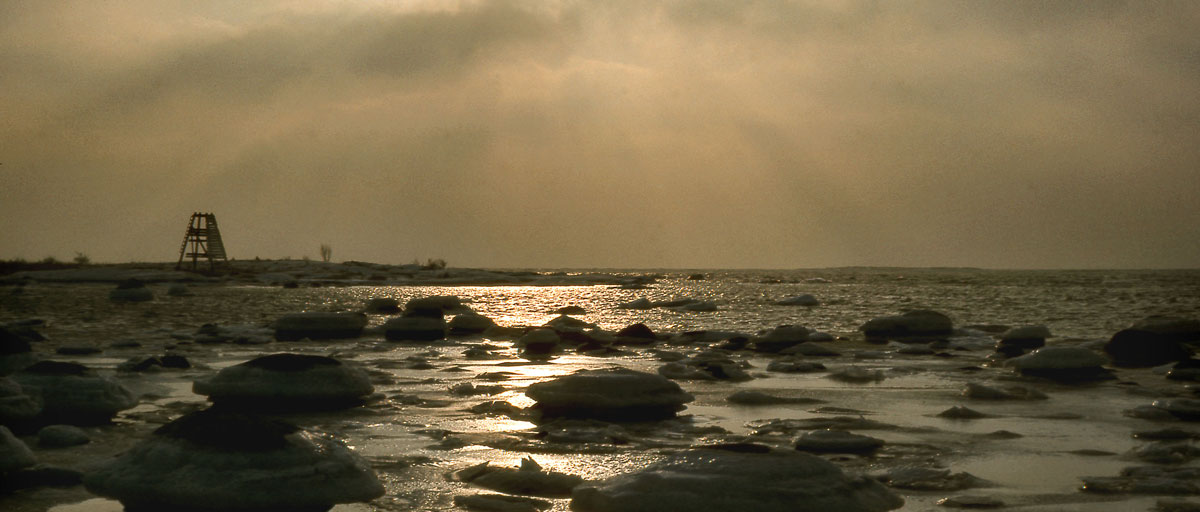BALTIC SEA
Novel conditions for life found in the Baltic Sea

In a new study published in Global Change Biology, researchers explore changes that could have disastrous consequences for both biodiversity and ecosystem services in the Baltic Sea. Photo: T. Järnetun/Azote
As positive as this may sound, it may signal large oncoming changes that could have disastrous consequences for both biodiversity and ecosystem services
- Global environmental changes in recent decades have led to a rapid rise in the incidence of novel environmental conditions and biotic communities
- Despite growing attention to challenges posed by novelty in terrestrial ecosystems, novelty has rarely been quantified in marine ecosystems
- Study measured the rate of novelty in environmental conditions and community structure in the Baltic Sea for three trophic levels: phytoplankton, zooplankton, and fish
A SEA OF CHANGE: Rapid population growth, accelerated technological development, increased resource consumption. These are just a few of the human activities causing the environment around us to change at unprecedented rates.
Add climate change to the mix and we are seeing a rapid increase in both no-life, “abiotic” conditions and living “biotic” communities that have never before existed in Earth’s history.
Warning signals
So what’s the fuss about? Novel conditions and communities are warning signals for large oncoming changes to ecosystems - changes that could have disastrous consequences for both biodiversity and ecosystem services on which humans rely.
In a new study published in Global Change Biology, centre researchers together with colleagues from the Universities of Hamburg and Montpellier explore the development of such novelty in one of the world’s most stressed marine ecosystems, the Baltic Sea.
Using long‐term monitoring data spanning more than three decades, centre PhD student Yosr Ammar and her colleagues identified highly novel environmental conditions and communities in the Baltic’s confined northern Gulfs and Kattegat.
Advancing the research about novelty and the rate of its emergence is crucial, not only for biodiversity conservation, but also for securing ecosystem services for human wellbeing and long-term sustainability.
Yosr Ammar, lead author
An ecosystem under stress
The Baltic Sea represents a particularly stressed system due to its enclosed nature, and combined effects of climate change, overexploitation of fish resources, hazardous substances, and eutrophication. It also is one of the marine areas with the highest recorded sea surface temperature increase during the past century.
The authors quantified the rate at which change and novelty emerged in communities from three major trophic levels (1) phytoplankton, (2) zooplankton and (3) fish, as well as in nutrient concentrations and hydrographical conditions across ten basins over 35 years.
They identified novel salinity and temperature conditions as the main drivers of community novelty. These climate‐induced factors, which are projected to change further in the future, are likely, together with other anthropogenic drivers, to increase the biotic novelty in the Baltic Sea.
But as certain marine areas are more susceptible to the rise of novelty than others, more research is needed on the processes that lead to novelty in marine ecosystems, including interactions between species and trophic levels, and the functions of ecosystems under high abiotic novelty.
“Understanding how novelty is generated locally, regionally and globally, its processes in different ecosystem components, and the effects on different trophic levels, will help reduce the risk of missing opportunities for biodiversity conservation, and of unintended management outcomes,” conclude the authors.

Spatial and temporal changes in the rate of novelty (RoN) of phytoplankton (a, d, g), zooplankton (b, e, h), and fish (c, f, i). (a–c) Temporal median RoN in the Baltic Sea in all baseline‐target combinations; (d–f) Median RoN across all target bins in relation to the 1980 baseline; (g–i) RoN in 2010 target bin relative to the 1980 baseline. The intensity of change in RoN is indicated by the colors.
Methodology
Since it is difficult to find real novel conditions, which have never existed before, the rate of novelty instead of novelty was assessed in this paper. It is based on the assumption that novelty emerges when a system is moved beyond its past range of variation. The rate of novelty was measured as the distance to the closest conditions in the past for the entire Baltic Sea. This is in contrast to the rate of change, which is the distance to the past conditions in the same area. Then, a GAM analysis was employed to test the hypothesis of if certain abiotic conditions could explain the emergence of novelty in biotic communities.
Ammar, Y., Niiranen, S., Otto, S.A., Möllmann, C., et.al. 2021. The rise of novelty in marine ecosystems: The Baltic Sea case. Global Change Biology, https://doi.org/10.1111/gcb.15503








